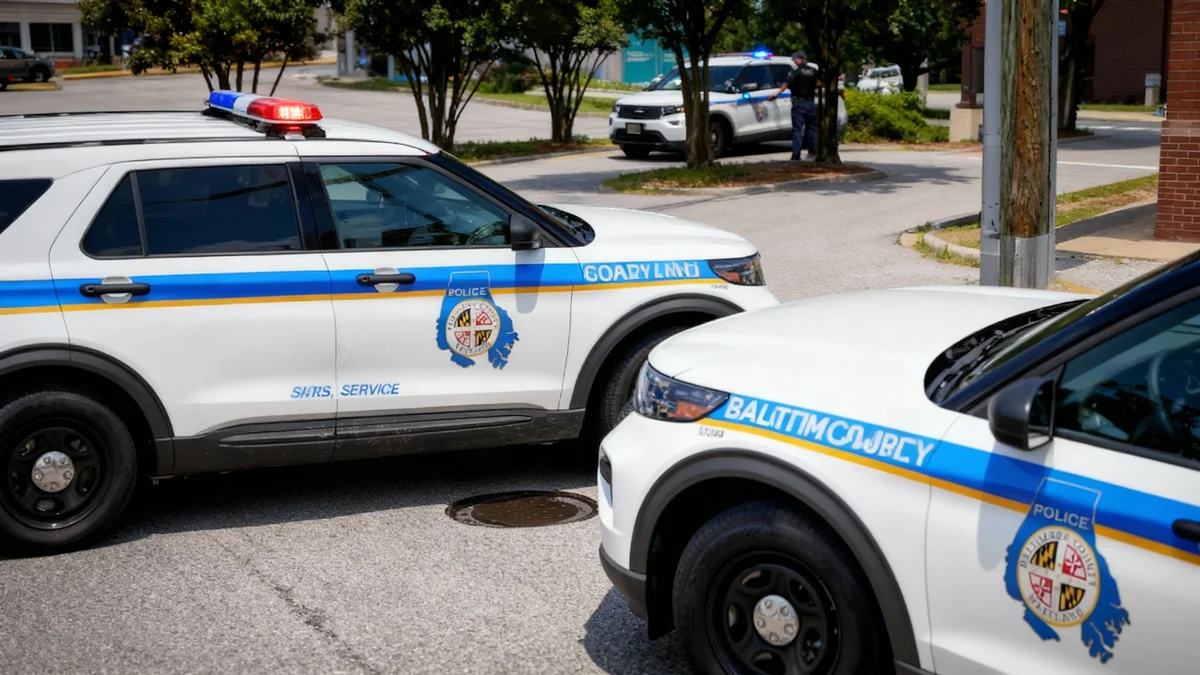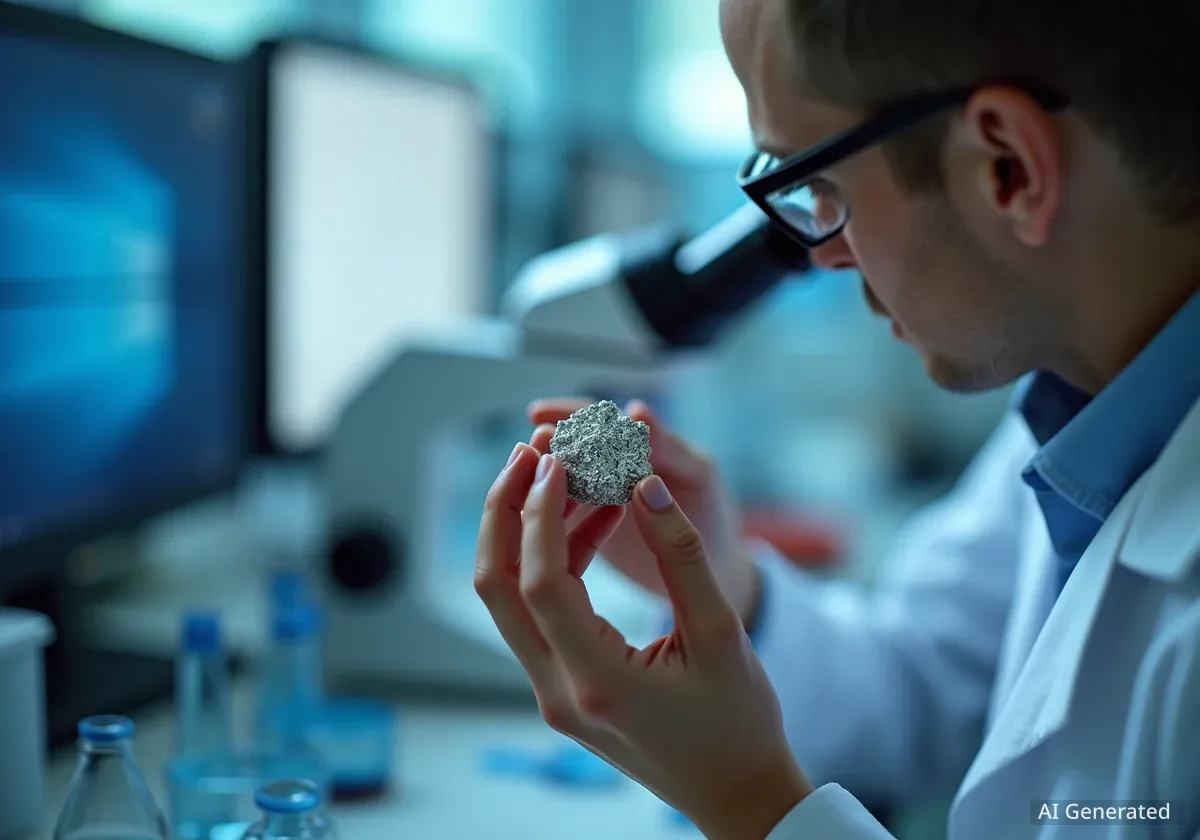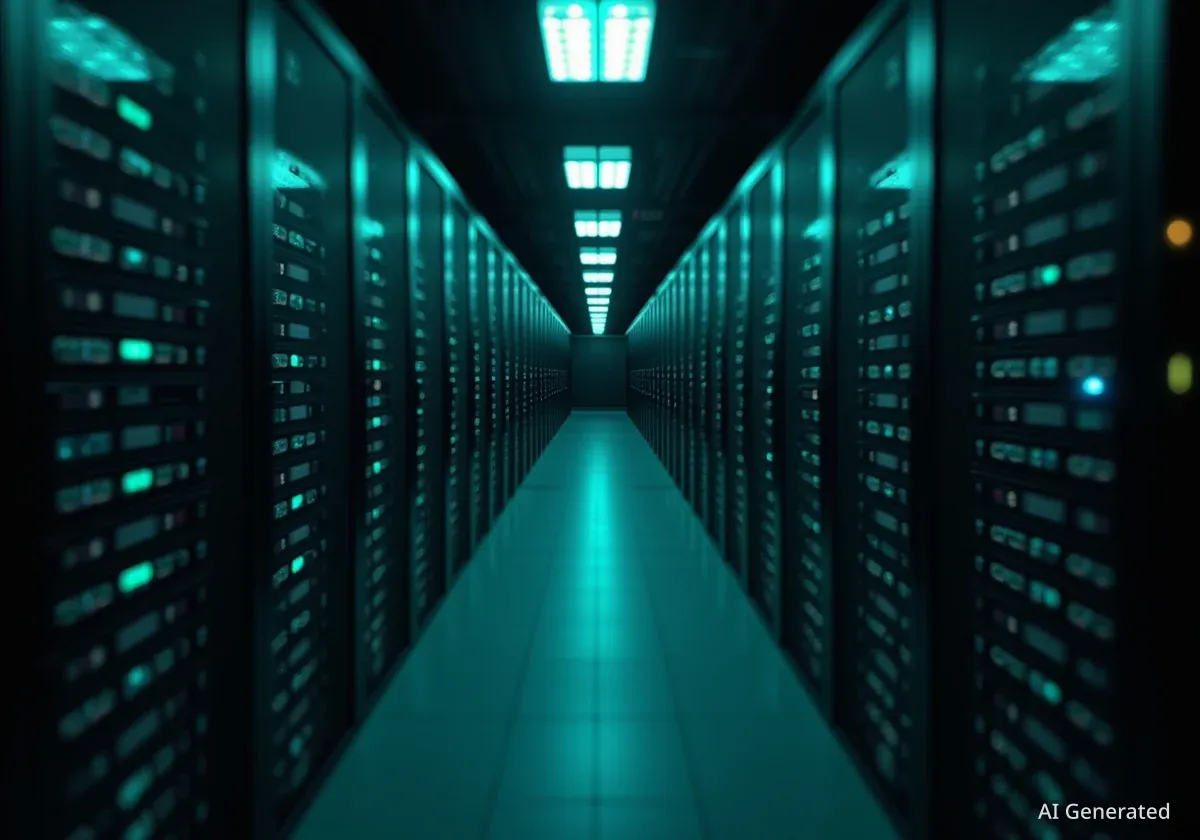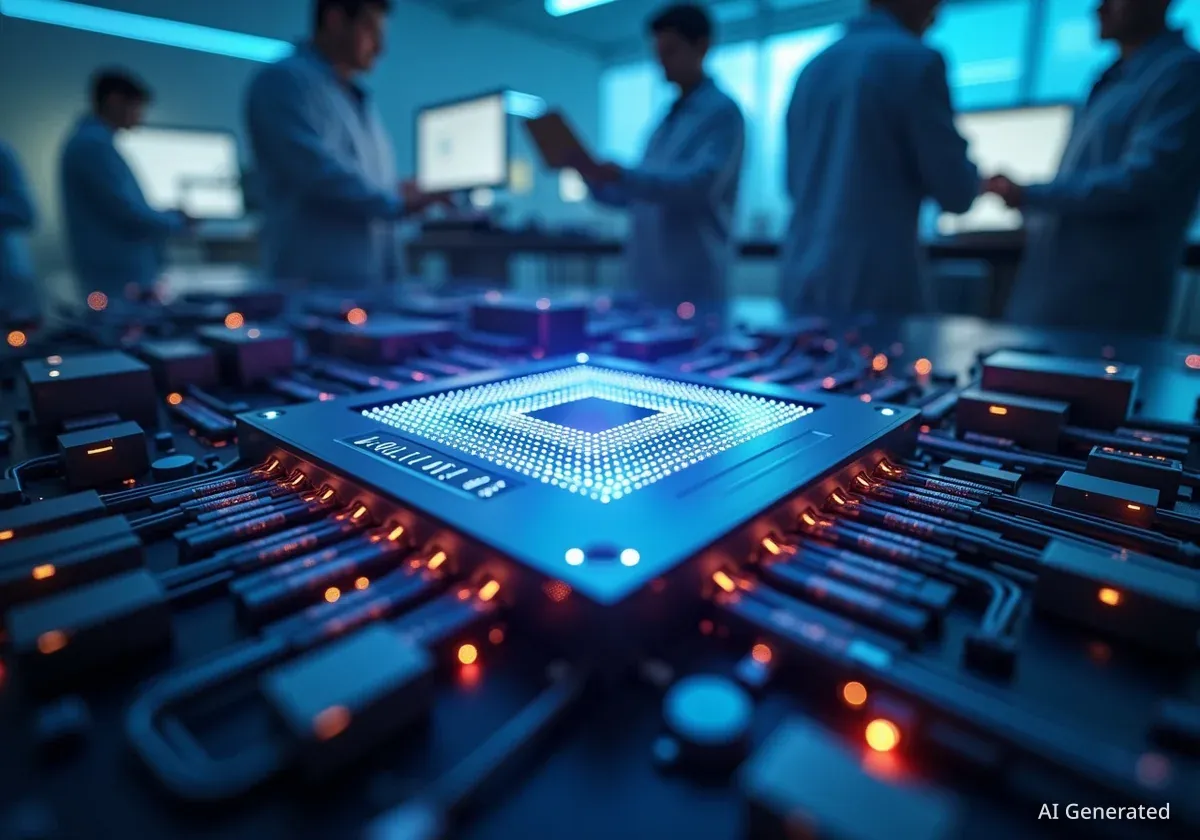Towson University students no longer need to brave bad weather or long lines for a meal. A fleet of 14 autonomous robots is now navigating the campus, delivering around 100 food orders daily from campus eateries directly to students through a partnership with Starship Technologies, Aramark, and Grubhub.
Key Takeaways
- Towson University currently operates a fleet of 14 food delivery robots, with plans to expand to 18.
- The service, managed by Aramark and integrated with Grubhub, handles approximately 100 deliveries per day.
- The robots, developed by Starship Technologies, have become a normalized feature of campus life for the university's 16,000 undergraduates.
- While praised for convenience, the system experiences occasional issues, including delivery delays, spills, and navigational mishaps.
The Rise of Autonomous Delivery in Higher Education
The traditional college dining experience is undergoing a technological transformation at Towson University. The school has embraced autonomous delivery to provide students with a modern and flexible way to get their meals. This initiative is part of a growing trend on college campuses across the country aimed at enhancing student convenience.
Richard Coburn, the mid-Atlantic district manager for Aramark Collegiate Hospitality, explained the program's goal. “We’re meeting students where they are to offer convenience, flexibility and a modern way to enjoy their favorite retail meals on their own schedule,” he stated.
The program began with a pilot of just three robots last spring. Due to high demand from the student body, the fleet was expanded to 14 robots for the fall semester. According to university partners, an additional four bots may be added in the near future, bringing the total to 18.
Partnership and Technology
The service is a collaboration between several key players. Starship Technologies, a San Francisco-based robotics company, manufactures and operates the robots. Aramark Collegiate Hospitality, Towson's food-service contractor, manages the logistics, and Grubhub provides the ordering platform. Towson University is one of dozens of colleges using this technology, with Bowie State University being the only other Maryland campus to use Starship's service.
How the Robot Delivery System Works
The process for students is straightforward and integrated into an app they already use. A student places an order from a participating campus restaurant, such as Panda Express or Chick-fil-A, through the Grubhub app and selects robot delivery.
From Restaurant to Dorm Room
Once an order is placed, a restaurant employee prepares the food and brings it to a waiting robot. The employee loads the meal into the robot's insulated 12-by-12-inch compartment and secures the lid. This action signals the robot to begin its journey.
Navigating the campus using a network of sensors and pre-mapped routes, the robot travels along sidewalks at a pedestrian-friendly speed of 3 to 5 miles per hour. A typical delivery takes about 10 minutes to reach its destination, which can be a dormitory, the library, or any other building on campus.
Robot Specifications
- Weight: Approximately 75 pounds
- Dimensions: 27 inches by 18 inches
- Speed: 3-5 mph
- Capacity: Insulated compartment for food orders
- Navigation: Equipped with sensors, lights, and pre-programmed campus maps
Upon arrival, the student receives a notification. They then use a button within the Grubhub app to unlock the robot's lid and retrieve their order. After the student closes the lid or sends it away via the app, the robot might politely say, “Thank you. Have a nice day,” before heading to its next task or returning to a base.
Student Reception and Campus Integration
When the robots first appeared, they were a campus novelty. Coburn noted that students would often take selfies and record TikTok videos with the machines. Some even tested their reflexes by jumping in front of them.
However, the initial excitement has settled into routine acceptance. “People are unbothered by them at this point,” said Bethany Comegys, marketing manager for Aramark. “They’re a normal part of campus.” Today, students walk past the white, six-wheeled couriers with little more than a passing glance.
Freshmen roommates Ali Beane and Mazzi Bouve recently used the service to get Panda Express while packing for a trip. They cited the time savings and convenience as major benefits.
“They’re super cool and very convenient,” Bouve said, after retrieving her order. “And so cute,” Beane added.
Students appreciate the service most during late-night study sessions, periods of illness, or on rainy days. “I usually use it at night because my classes are late,” explained freshman Kimora Miles. “Sometimes when I come home and I shower, I just want to stay in my bed.”
Navigational Challenges and Operational Hiccups
While the system is largely successful, it is not without its flaws. The robots' movements can be jerky, with sudden stops and starts as they navigate obstacles like sidewalk cracks, poles, and pedestrians.
More significant incidents do occur. Coburn acknowledged that robots have occasionally crashed into vehicles, and one even wandered off campus across a busy boulevard. About once a week, a bot tips over and requires assistance to get upright. They have also been observed in “staredowns” when trying to pass each other on narrow paths.
“It’s comical at times, but the robots do their best to stay on track,” Coburn said.
Delivery quality can also be inconsistent. One student reported waiting over two hours for a pizza after lacrosse practice. In another instance, Kimora Miles ordered an iced mocha that had spilled during transit, leaving a mess inside the robot's compartment.
Despite these occasional problems, the convenience factor appears to outweigh the drawbacks for many students. The robots operate as long as campus restaurants are open, often until 11 p.m. At the end of the day, they are taken indoors to be cleaned, charged, and prepared for the next day's deliveries.





